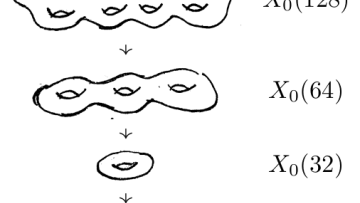12:45
Discrete and higher-form symmetries from wrapped M5-branes
Abstract
A vast class of 4d SCFTs can be engineered by wrapping a stack of M5-branes on a Riemann surface. These SCFTs can exhibit a variety of global symmetries, continuous or discrete, including both ordinary (0-form) symmetries, as well as generalized (higher-form) symmetries. In this talk, I will focus on discrete and higher-form symmetries in setups with M5-branes on a smooth Riemann surface. Adopting a holographic point of view, a crucial role is played by topological mass terms in 5d supergravity (similar to BF terms in four dimensions). I will discuss how the global symmetries of the boundary 4d theory are inferred from the 5d topological terms, and how one can compute 4d ‘t Hooft anomalies involving discrete and/or higher-form symmetries.


